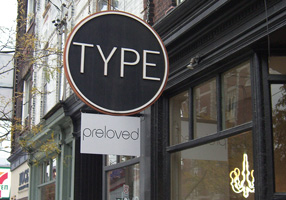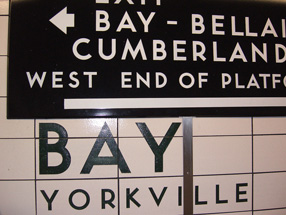Everybody has forwarded this link to me, though Deb Gibson was the first. I’m familiar with the book, Geoffrey Dowding’s Finer Points in the Spacing and Arrangement of Type (1954, reissued in 1966), though all I have is the Hartley & Marks reprint from 1995 and a xerox of the original that Steve Renick gave me many years ago. I have not actually seen this remarkably poor binding typography face to face, but if it is really the way the title was embossed on the cloth in the original edition, I can only speculate about what Dowding might have said about it at the time. As Loren MacGregor put it to me the other day, “I suspect the book was bound by someone not familiar with the contents.”
The “Fail” folks aren’t the first ones to notice this unfortunate conjunction of title and execution; it was also noted on the Hoefler & Frere-Jones blog back in January, under the title, “Precisely What the Author Had in Mind” – a longer but perhaps clearer description than the noun-cluster “Proof of Concept Fail.”
Dowding’s book is well worth seeking out, though even the Hartley & Marks edition is out of print. I think he carried his argument for tight spacing slightly too far, but he was right in principle; and he gave close thought to the details that make text typography good or mediocre.




